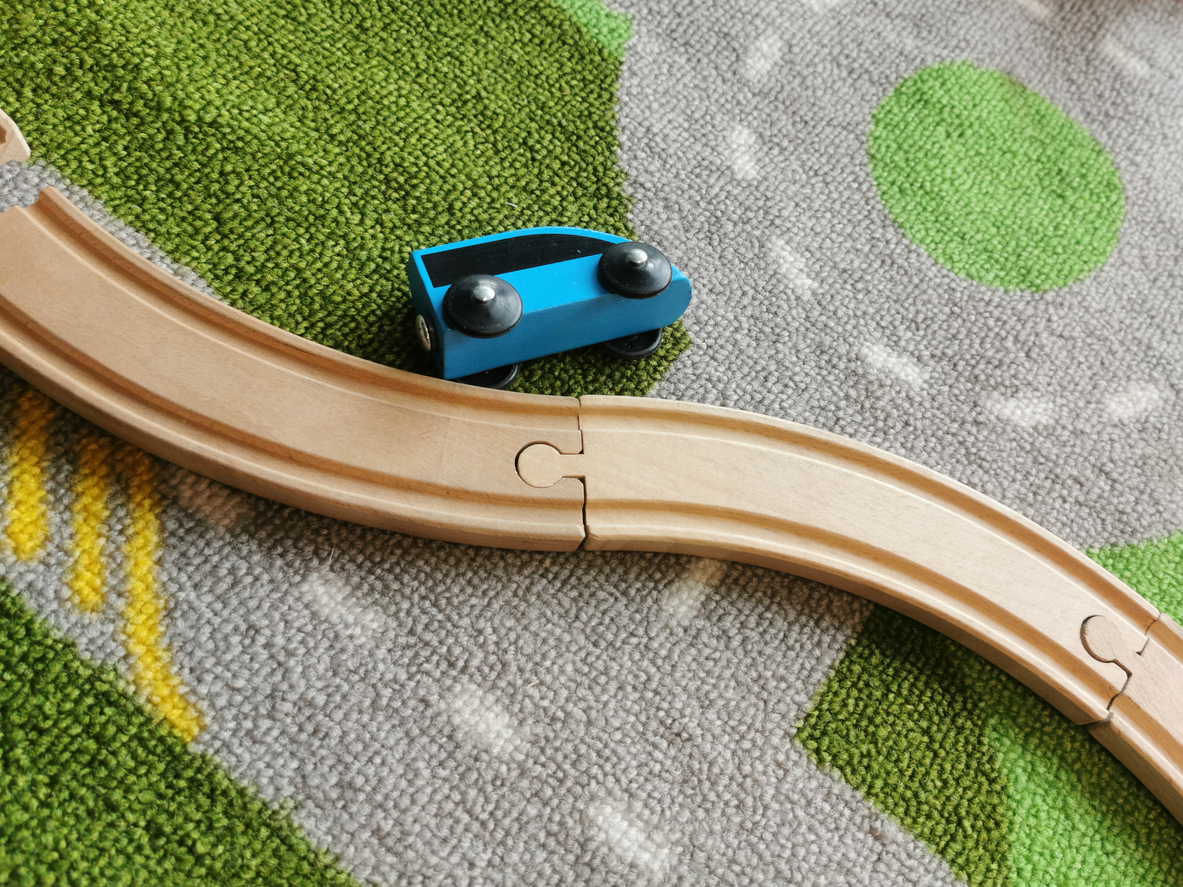When you’ve decided to scan and digitize your microfiche collection, the last thing that you want to happen is that it gets derailed by something that could’ve been avoided.
In the grand scheme of things, microfiche scanning is simple: find a company to scan your fiche, send them your fiche, your fiche get scanned, you get digital images. All is well.
But if you do one of the three things below, you could put yourself in a mess that could stall or even ruin your scanning project.
1. Not Packing Your Microfiche Correctly
Once you choose the right company to scan your fiche, you need to get it to them, and in most cases you’re going to need to prepare the fiche for transportation by putting them in travel-worthy containers or boxes.
Depending on the particulars of your scanning project and what you’re looking to achieve, how you pack your microfiche may not be a critical issue, such as if you have a very small number of fiche or they’re not related to one another in any way. However, most projects we work on number in the thousands to hundreds of thousands, and collections like that usually have multiple fiche that are related to each other in some way.
When we scan your fiche we tag them with a Unique ID # (UID) that allows us to track the fiche and count them for invoicing. This can also play a critical role in batching multiple sheets of fiche together and knowing in which order they were scanned. If you don’t pack your fiche correctly and they get all jumbled up and misplaced, the UID won’t help at all because they’ll start the scanning process out of order.
When you pack your fiche, make sure they’re secure, in the order you want, and that any extra space in the box is packed with something to keep them from shaking around while they’re being moved. This’ll prevent issues once they arrive for scanning.
You can ask your scanning partner to help pack the fiche, too! In many of the projects we’ve worked on, our sales rep goes on-site to help organize and pack the microfiche for transportation; this helps because they’re able to understand how everything’s accessed now and to organize it in such a way that when it gets to our production team they’ll know exactly how to scan and process the fiche.

2. Not Knowing Which Type Of Microfiche You Have
If you don’t know which type of fiche you have and you give us the wrong information, expect to get an erroneous quote. Once your project starts, we’ll notice that it’s a different type of fiche and we’ll have to put it on hold until we can resolve the issue, which might be a big price difference.
This is a super avoidable mistake. Just check out our microfiche FAQ article and you’ll see some examples of common microfiche. Pick out the one that most closely matches your records and let us know which you have.
Even better is if you’re able to send a few picture of your fiche – seeing your actual microfiche records is a huge plus and let’s us get an idea for not only the type of fiche, but also the indexing method (see Mistake #3).
And best of all is if you can send us a few sheets of fiche for a digital sample. Getting a handful of your fiche in our hands gives us the best chance to examine your material, scan them to confirm our processing assumptions, and show you what they’ll look like once digitized.
3. Creating An Overly Complex Indexing Scheme
Microfiche are set up pretty simply: there’s a title at the top of the sheet that describes the information that’s on the images within the fiche. If you need a particular record, you find the fiche title that makes the most sense and then find the individual image or record that matches your search.
When you decide to scan and create a digital copy of your microfiche it can be tempting to get fancy and create a very detailed, very complex indexing method for your digital files. You think that by doing this you’ll make things even better than just having digital files.
What often happens is that it gets too complicated and can throw off the whole joy of crossing the river from analog to digital! Instead, analyze how you currently locate the physical document (as it exists in microfiche form) and turn that data into a digital method of finding the digital copy. Using this “building block approach,” you’ll replicate your existing method of locating files and won’t overcomplicate things. You can always get more detailed later.

Next Steps
Reach out to us today! Click the “Get Your Quote” button below, fill out the form, and we’ll quickly reply to you to discuss your project.
Further Reading
Check out the articles below for more information about microfiche scanning:
“Microfiche Scanning: 6 Frequently Asked Questions” introduces common questions about fiche scanning and our answers. Questions include “which type of microfiche do I have?” and “how many microfiche do I have?”
“How Much Does Microfiche Scanning Cost?” describes 9 factors that influence the price you’ll pay to have your microfiche scanned to digital. Factors include the number of sheets you’re getting scanned, the type of fiche, and the digital output format you need.
“The BMI Microfiche Scanning Process” illustrates our 11-step method to take your fiche records from hard copy to digital. Steps include transportation, proof of concept testing, and post-scan image processing.

